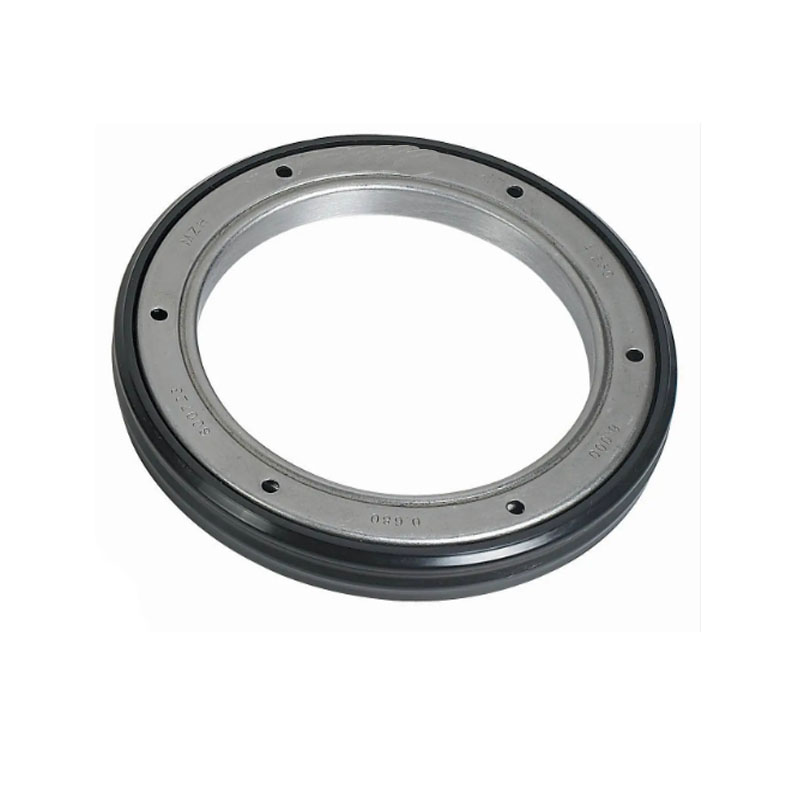Exploring the Importance of Cutlass Bearings in Boat Performance and Maintenance
Understanding Cutlass Bearing for Boats
When it comes to maritime engineering and boat maintenance, one of the critical components often overlooked is the cutlass bearing. This seemingly simple part plays a vital role in ensuring the smooth operation of a boat’s propulsion system. Understanding what a cutlass bearing is, how it functions, and how to maintain it is essential for any boat owner or enthusiast.
What is a Cutlass Bearing?
A cutlass bearing is a cylindrical bushing typically made of rubber or lignum vitae (a dense hardwood). It fits into the strut of a boat and surrounds the propeller shaft. Its primary function is to support the shaft while allowing it to rotate smoothly. The ability of the cutlass bearing to accommodate the shaft's movement helps to minimize friction and wear, enabling the propeller to operate efficiently and effectively.
How Does a Cutlass Bearing Work?
As the propeller turns, the cutlass bearing compensates for various forces acting on the shaft. These forces can come from the water resistance generated as the boat moves through the water, as well as the thrust produced by the propeller. The cutlass bearing maintains its alignment and position by providing a cushion between the metal shaft and the strut, allowing for a small degree of motion without compromising the system's integrity.
One of the significant advantages of using cutlass bearings is their ability to absorb shock. When a boat encounters waves or rough water, the bearing helps to protect the shaft and related components from excessive stress and potential damage. This characteristic is particularly important for vessels that often operate in challenging conditions.
Signs of Wear and Tear
Like all mechanical components, cutlass bearings can wear out over time. It's essential for boat owners to be aware of the signs indicating that their cutlass bearing may need replacement. Common indicators include
cutlass bearing boat

1. Unusual Noises If you hear grinding or knocking noises coming from the area of the propeller shaft, this could indicate a failing bearing. 2. Increased Vibration Excessive vibrations while the boat is operating can signal that the cutlass bearing is worn and no longer providing adequate support.
3. Leaking Water If water begins to leak from the strut housing, it might suggest that the cutlass bearing is compromised.
Regular inspections are crucial to catch these issues early, thus preventing more costly repairs down the line.
Maintenance and Replacement
Maintaining a cutlass bearing is relatively simple but requires diligence. Regularly check the bearing for signs of wear, and ensure that it is properly lubricated, if applicable. Most modern cutlass bearings are self-lubricating, but periodic checks can help ensure optimal performance.
When it comes to replacement, removing a cutlass bearing can be a straightforward process if done carefully. It generally involves removing the propeller, disconnecting the strut from the hull, and pulling out the old bearing. The new bearing should be installed with care, ensuring it is correctly aligned and fitted snugly to avoid future issues.
Conclusion
In summary, the cutlass bearing is a critical component of a boat's propulsion system, contributing to the overall efficiency and longevity of the vessel. By understanding its role, recognizing signs of wear, and committing to regular maintenance, boat owners can ensure their vessels remain in optimal condition, ready to navigate the waters with confidence. Whether you're an experienced sailor or a newcomer to boating, paying attention to that small yet mighty cutlass bearing can make all the difference in your marine adventures.
-
Simplifying Oil Changes: A Comprehensive Guide to Oil Drain Plugs and Their Variants
News Aug.04,2025
-
Mastering Oil Drain Maintenance: Solutions for Stripped, Worn, and Upgraded Oil Plugs
News Aug.04,2025
-
Fixing Oil Pan Plug Issues: Leaks, Stripped Nuts, and the Right Replacement Solutions
News Aug.04,2025
-
Everything You Need to Know About Oil Drain Plugs: Sizes, Fixes, and Upgrades
News Aug.04,2025
-
Choosing the Right Oil Drain Plug: A Guide to Sizes, Materials, and Drain Innovations
News Aug.04,2025
-
A Complete Guide to Automotive Drain Plugs: Types, Problems, and Innovative Solutions
News Aug.04,2025
-
The Ultimate Guide to Car Repair Kits: Tools and Essentials Every Driver Should Own
News Aug.01,2025
Products categories















